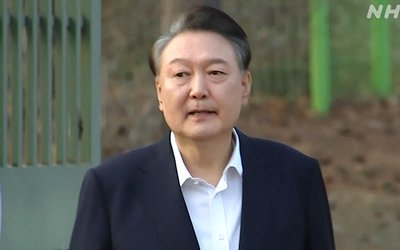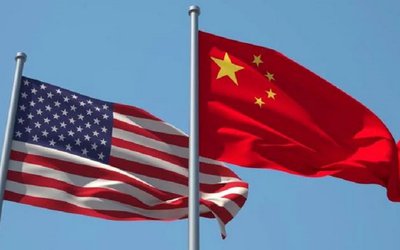More on International





Democracy in Nepal has more lives than a cat. It never fails to revive every time it is proclaimed dead. And, that has happened many times since multi-party democracy was institutionalised with a popular mandate in 1991.
In fact, the over-confidence of political forces — that Nepal can now never be pushed back into an autocratic or authoritarian mould — may well be responsible for their reckless adventurism.
In this republic of nearly 30 million, electoral politics is so much sport. The stakes are the impoverished majority, who can truthfully say that they know of worse fates than the tyranny of a monarchy.
That may explain why, and how, for 16 of the 21 years since the dawn of multi-party democracy, the Maoists have been the leading political force.
For 10 years, from 1996 to 2006, the Maoists waged a “People’s War”; for two years, in transit, they negotiated entry to parliamentary politics; and, since the election in 2008, until the “demise” of Nepal’s 601-member Constituent Assembly (CA) on May 27, the United Communist Party of Nepal-Maoist (UCPN-M), continued to call the shots.
Paradoxically, even now, as Nepal is stuck in a constitutional, political and legal vacuum, the UCPN-M is pressing for elections to be held on November 22. The ‘mainstream’ parties, which are opposed to the Maoists, are working overtime to oust the Maoists as a caretaker government, and to get the Supreme Court and/or the President to intervene.
The UCPN, of Prime Minister Baburam Bhattarai, remains in office, even though it failed to deliver the draft constitution before the May 28 deadline, because the Supreme Court did not extend the CA’s term. Hence, the government is not without legal basis.
The President has no choice but to abide by the Court’s ruling and its consequences. With no constitution to define their respective roles and responsibilities, President Ram Baran Yadav, who belongs to an opposition party, and Prime Minister Bhattarai are bound to have areas of disagreement. Any attempt to drive a wedge between them, can only compound the crisis, vitiate the political climate further and delay coming to terms with the situation for finding a way out.
Yet that is precisely what the other big parties, mainly the Nepali Congress (NC) and the CPN-Unified Marxist-Leninist (UML), in the hope of further alienating the UCPN government at home and discrediting in the eyes of the world at large. To make matters worse, some of the foreign missions in Kathmandu seem to be fishing in domestic politics by showing their inclination for a particular individual or inciting certain tendencies.
The NC, UML and the Madhesi parties are no less responsible for the crisis in which Nepal finds itself. This needs to be underscored and accepted by all the 22 parties which are now demanding Bhattarai’s ouster as a precondition for elections. Even the worst critics of the Maoists agree that the mess is not entirely of their making.
In the last four years, every party has had its stint in government, playing at drafting the constitution and extending the term of the CA. The Maoists, however, are responsible for the last straw -- insisting on “ethnic federalism” and refusing to settle for anything less than this in the draft constitution. And, it is the differences on “federalism” that pushed the process to breaking point.
As is often the case in such situations, the effort now is to get back to the pre-breaking point stage, and explore how some measure of consensus can be achieved for going forward as a parliamentary democracy; and, for creating conditions for elections which give a fair and fighting chance to all contenders.
In the absence of a constitution, whether it is Nepal’s budget or elections, the first step is for the President and the prime minister to be in agreement. For that to happen, the minimum is an all-party government of national unity. But that’s not happening yet.
Far from coming together, the main parties are either splitting or hostage to factionalism. The ruling Maoists have split with UCPN’s senior Vice Chairman Mohan Vaidya Kiran breaking away to form a new party – Communist Party of Nepal-Maoist. He claims the support of nearly a third of the Central Committee members and two-thirds of the heads of frontal organiaations.
The Madhesi parties are also splitting, and the NC and UML have never been cohesive at the best of times.
There were four key players when Nepal plunged into a vacuum. Now there is a coalition of 22 parties, including the biggies and not including those breaking away to form new ones. Unless they agree on what needs to be done to create conditions for the election, a new parliament, a new constitution and New Nepal appear distant.
http://www.dnaindia.com/analysis/column_nepal-in-crisis-uphill-task-of-reviving-democracy_1713332




